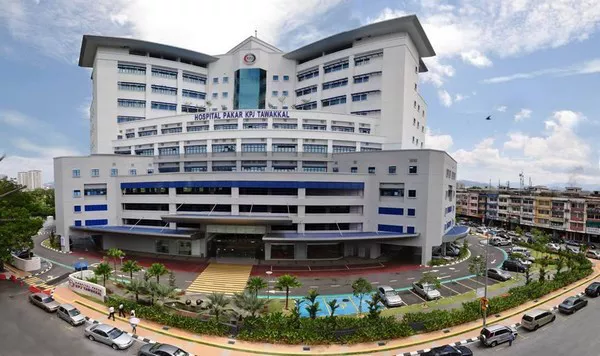Acknowledge the Difficulty:
Receiving a diagnosis of End Stage Renal Disease (ESRD) can be a profound and emotionally challenging experience. It marks the culmination of a journey fraught with medical concerns, lifestyle adjustments, and emotional strain. For individuals facing ESRD, the news can bring a wave of uncertainty, fear, and grief. Acknowledging the weight of this diagnosis is crucial, as it validates the complex emotions and challenges that patients and their loved ones may be experiencing. Empathy and understanding are essential in providing support and guidance through this difficult time.
Explain Life Expectancy Factors:
Life expectancy with ESRD varies greatly from person to person. Several factors influence prognosis, including age, overall health, underlying causes of ESRD, comorbidities (other health conditions), adherence to treatment plans, and lifestyle choices. Younger patients with fewer comorbidities and a healthier lifestyle may have a longer life expectancy compared to older individuals with multiple health issues. Additionally, the underlying cause of ESRD, such as diabetes or hypertension, can significantly impact prognosis.
Treatment Options and Impact:
Treatment options for ESRD include dialysis and kidney transplant. Dialysis, whether hemodialysis or peritoneal dialysis, helps remove waste products and excess fluids from the blood when the kidneys can no longer perform this function adequately. While dialysis can prolong life, it often requires significant lifestyle adjustments and may come with side effects such as fatigue and dietary restrictions.
Kidney transplant offers the best long-term outcome for many patients with ESRD, providing the opportunity for a more normal life. However, the availability of suitable donor organs and the risk of rejection make transplantation a complex process with its own set of challenges.
Both dialysis and transplant can have a significant impact on life expectancy and quality of life. It’s essential for patients to work closely with their healthcare providers to understand the benefits and risks of each option and to make informed decisions about their care.
Quality of Life:
Maintaining a good quality of life with ESRD is paramount. Despite the challenges, there are steps individuals can take to manage symptoms, cope with emotional challenges, and stay active. This may include following a healthy diet, staying physically active within the limits of their condition, and seeking support from healthcare professionals, support groups, and loved ones.
Emotional well-being is equally important. Dealing with a chronic illness like ESRD can take a toll on mental health, leading to feelings of anxiety, depression, and isolation. Seeking counseling or joining support groups can provide valuable emotional support and coping strategies.
Resources and Support:
For individuals and families navigating ESRD, access to reliable information and support is crucial. Organizations like the National Kidney Foundation and the American Kidney Fund offer comprehensive resources on ESRD, including information on treatment options, financial assistance programs, and educational materials.
Support groups, both online and in-person, provide a valuable space for individuals to connect with others who understand their experiences and share advice and encouragement. These groups often offer emotional support, practical tips for managing day-to-day challenges, and guidance on navigating the healthcare system.
Conclusion
In conclusion, while receiving a diagnosis of ESRD can be overwhelming, understanding the factors that influence life expectancy and quality of life, exploring available treatment options, and accessing support and resources can help individuals and their families navigate this journey with hope and resilience. By working closely with healthcare providers and drawing on the support of their communities, individuals with ESRD can strive to live fulfilling lives despite the challenges they may face.
FAQs
What are the symptoms of end-stage renal failure before death?
Symptoms may include extreme fatigue, difficulty breathing, nausea, swelling in the legs and ankles, confusion, decreased urine output, and overall weakness. As the condition progresses towards death, patients may experience severe complications such as heart failure, stroke, or coma.
How long can you live with stage 5 kidney failure without dialysis?
Without dialysis, survival time varies greatly among individuals with stage 5 kidney failure, also known as end-stage renal disease (ESRD). On average, without intervention, individuals may survive for a few weeks to a few months, depending on various factors such as overall health and the presence of complications.
What is the quality of life in end-stage renal disease?
The quality of life in end-stage renal disease can be significantly impaired due to symptoms like fatigue, pain, nausea, and difficulty in performing daily activities. Dialysis can improve quality of life for some patients, but it also brings its own challenges. Ultimately, quality of life varies greatly among individuals and depends on factors such as treatment effectiveness, social support, and overall health status.
Related topics:
- Managing Piles: Understanding, Relief, Treatment & Prevention
- Understanding Recurrent UTIs
- Understanding the Impact of Stroke on the Body


